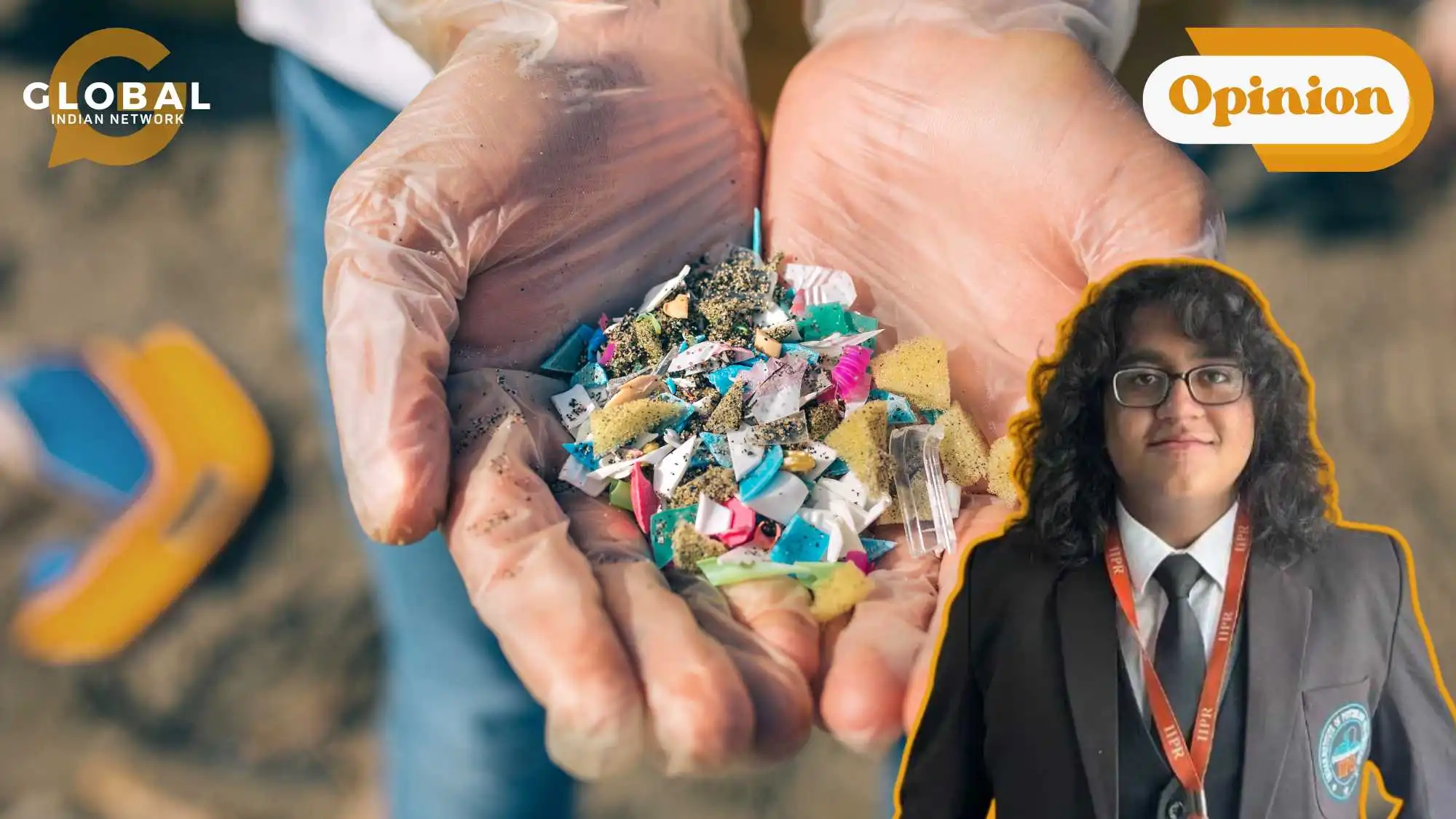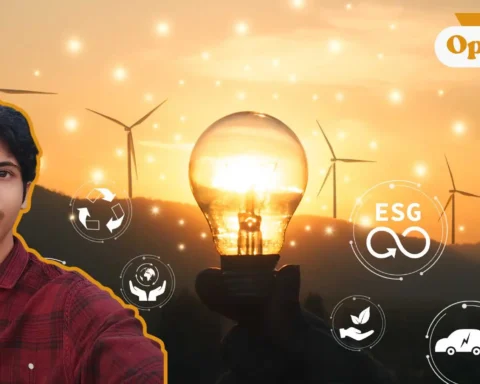Plastics have been an integral part of most human activities since the 1940s and 1950s. While the initial wave of problems caused by plastic was believed to be purely environmental, growing evidence about microplastics and their problems has come to light. These micro-particles have infiltrated our foods, drinks, daily commodities and even our organs, with recent research showcasing that microplastics have even penetrated the blood-brain barrier and entered brain tissue.
But what exactly are microplastics, and how do they pose a threat to our bodies?
Microplastics are tiny plastic particle pieces that are less than 5 millimetres in diameter. These microplastics can be found in a variety of places, including oceans, rivers, soil, the air we breathe and even the food we eat. Microplastics are a significant threat to all forms of life, particularly to humans as the exact impact and risks are yet to be understood. Microplastics typically come from 2 main sources – primary microplastics and secondary microplastics.

Primary microplastics are those which are intentionally manufactured to be small. This includes items such as microbeads, cosmetic products, abrasives and scrubs. Secondary microplastics are those that form when larger plastic objects such as bottles, bags, or fishing nets break down over time due to exposure to various sources. This degradation results in the fragmentation of larger plastics into smaller and smaller pieces.
Microplastics have been found in an extensive range of environments. From mountain tops to the bottom of the ocean, microplastics have penetrated nearly all biospheres. Due to the non-biodegradable nature of plastic, these particles can remain in a particular environment for hundreds of years, making them a very hazardous long-term pollutant. While the literature on how these substances cause significant harm to marine life and wildlife, there remains little evidence on what exactly these microplastics can cause in the human body.
Research on microplastics in animal bodies has suggested that they can cause fertility issues, problems with immunity, various cancers and impaired learning and memory. There exists little research on how exactly microplastics impact the human body, but microplastics have been linked to untimely death. Furthermore, the presence of microplastics has been detected in almost every major organ system, including the lungs, kidneys, livers, joints and the brain. Recent research from this year shows that the microplastic levels in our bodies are rising at an alarming rate, with the number of microplastics being detected in our brains being up by about 50% in 2024 when compared to 2016.
These rises have led to significant concern among researchers and scientists, who have called to declare this problem a global emergency. While the presence of microplastics in our bodies is not a novel issue, the amount of them present in our brains is. Research shows that the level of microplastics in our brain is roughly 10-20 times higher than in other organs. This finding is alarming and it is not too wrong to presume that the brain can only handle so much plastic before something goes catastrophically wrong.
The only way to prevent the rise of microplastics in our bodies is to limit the use of plastics, especially single-use plastics. Plastic usage in food equipment, packaging and other food industries has led to microplastics being discovered in nearly every food item we consume, with recent studies showing that microplastics have been found in every salt and sugar sample in India.
In conclusion, microplastics are a significant threat to humans and wildlife, owing to their persistent, widespread, and harmful nature. The impact of microplastics on marine life and ecosystems, as well as potential risks to human health highlight the urgent need for global action to reduce plastic pollution and mitigate the effects of microplastics.
ALSO READ:
- Small Plastic, Big Problem: The Menace of Microplastics and What to Do About it
- Are You Sipping on Millions of Microplastics?
Let us know your thoughts in the comments below. If you have burning thoughts or opinions to express, please feel free to reach out to us at larra@globalindiannetwork.com.










